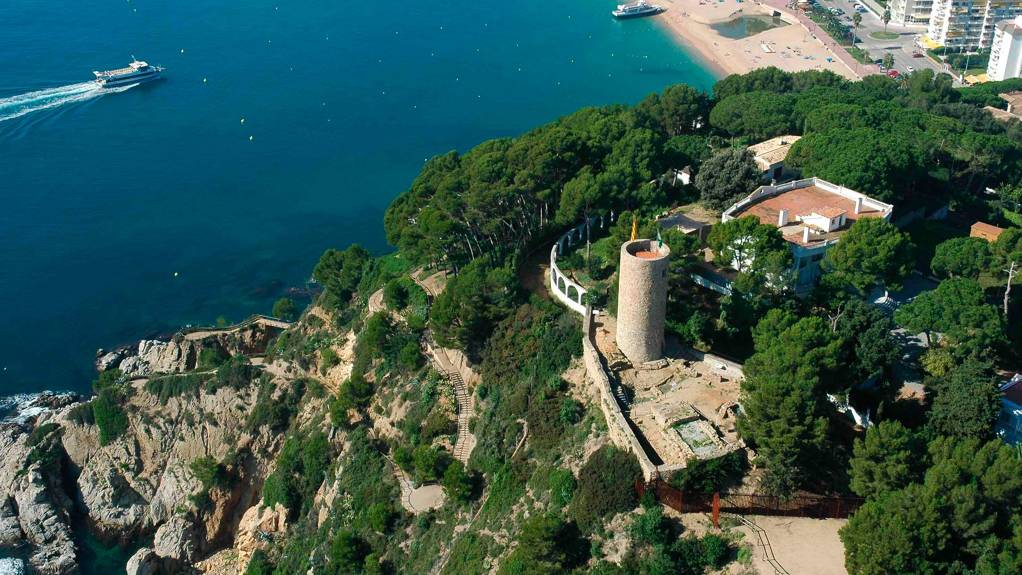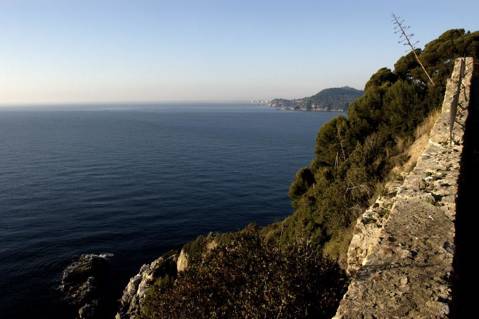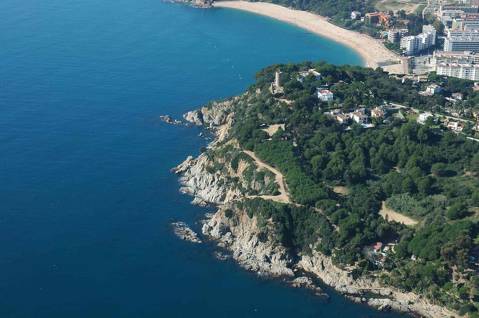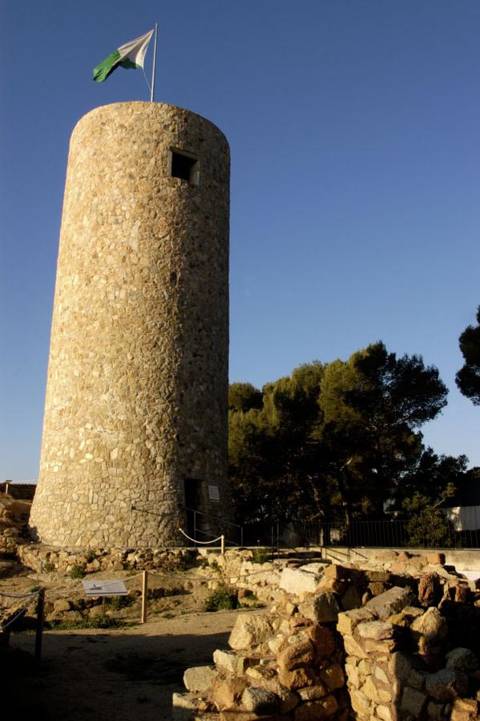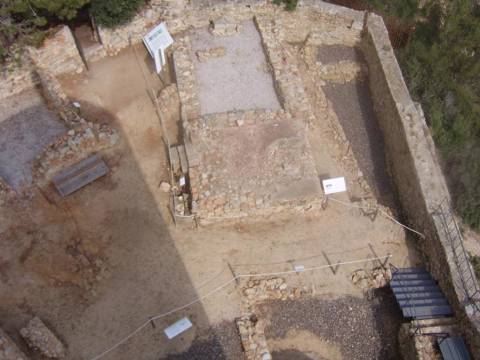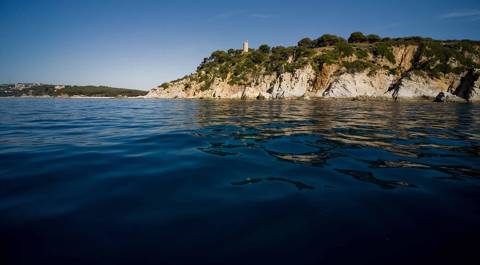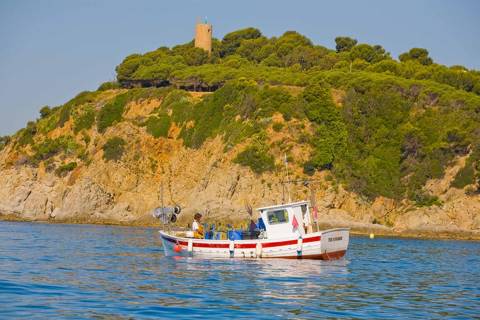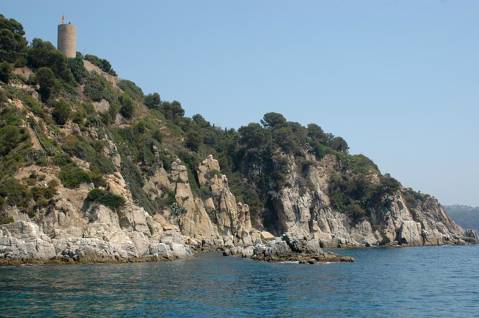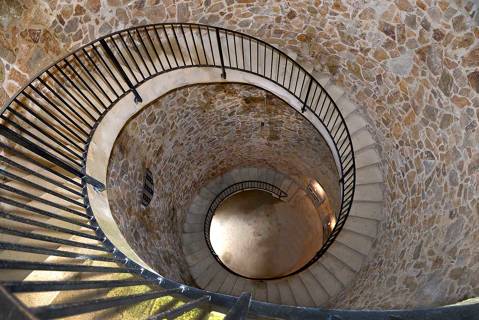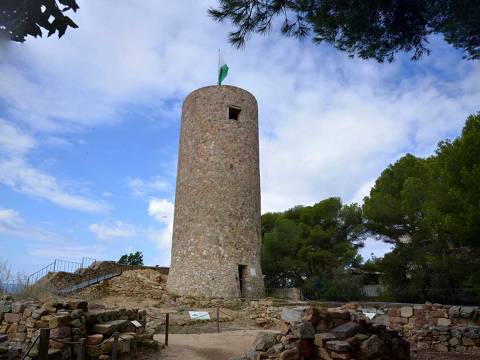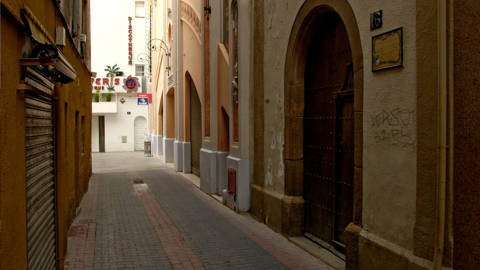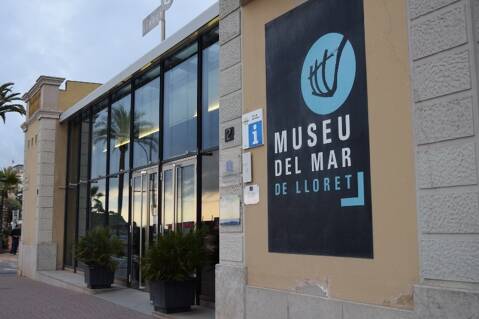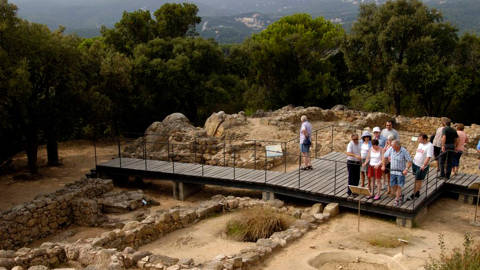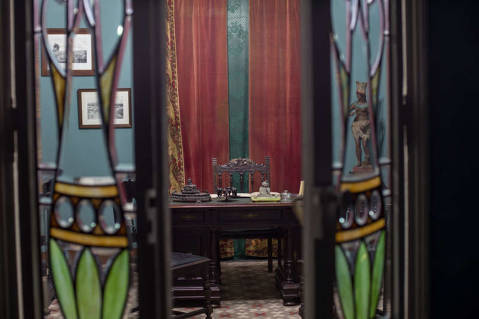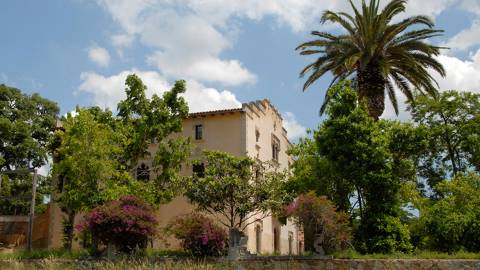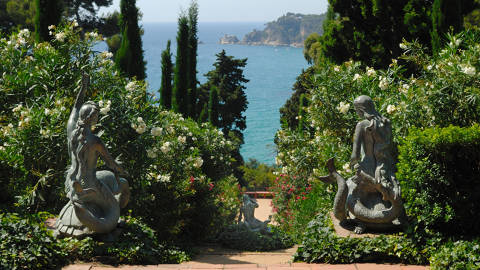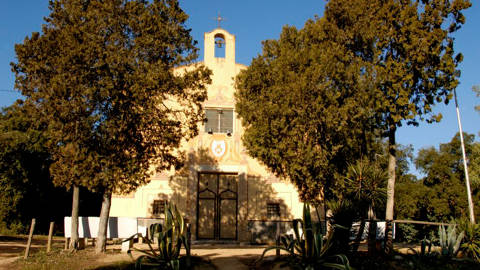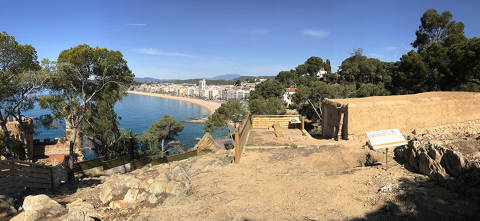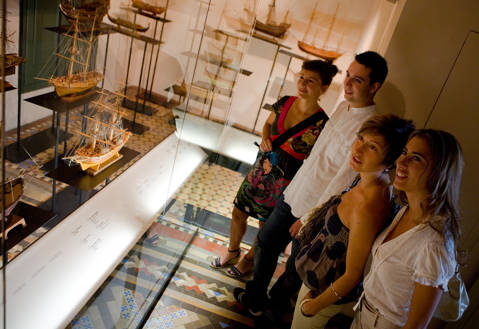Privacy policy
GENERAL INFORMATION ON COMPLIANCE WITH LAW 34/2002, OF 12 OCTOBER, ON INFORMATION SOCIETY AND ELECTRONIC COMMERCE SERVICES (KNOWN BY ITS SPANISH INITIALS LSSICE).
OWNERSHIP OF THE WEBSITE
Domain: http://patrimoni.lloret.cat/
Owner: Lloret de Mar Town Council
Address: Plaça de la Vila, 1 - Lloret de Mar
Telephone: (+34) 972 349 573
E-mail: patrimonicultural@lloret.cat
Tax ID no.: A-17354333
GENERAL CONDITIONS OF USE
Lloret de Mar Town Council has created this website in order to facilitate official information on Lloret de Mar to potential visitors to the destination and to citizens in general.
1. LIMITATIONS OF USE
Access to this website is free and does not require any prior subscription or registration of any kind.
Users must use the information contained on this website in compliance with the applicable legislation in each case.
Users must not undertake, through the services made available to them by Lloret Town Council, any action which may damage, alter the contents or impede the correct functioning of the website. As such, they must not cause technical problems of any kind, such as transferring elements which may contain computer viruses or which may damage, interfere with or intercept this website, whether in full or in part. Neither must they enter or alter the e-mails of other users.
Under no circumstances will Lloret Town Council be held liable for the inappropriate use of this website or of its contents, or for the consequences resulting from the said use. Users may print and download contents from this website under the following conditions:
- The use of documents and images on this website must be used solely and exclusively for personal information and the modification of contents is prohibited.
- The use or presentation of the name or logo of Lloret Town Council is not permitted without the written consent of Lloret Town Council.
- Part of this website contains material provided to Lloret Town Council by third parties.
- The aforementioned third parties are responsible for ensuring that the material proposed for inclusion in this website complies with national and international laws. Lloret Town Council does not guarantee the accuracy or correctness of this material cannot be held liable in any way for errors, omissions or inaccuracies contained therein. Neither will it accept liability for the erroneous interpretation of the material, nor for any losses, mishaps, negligence or damage caused as a result of trusting the material contained on this website or through any other error or alleged error in the delivery of the services referred to herein, or in the event of the bankruptcy, liquidation or closing down of any company, individual or firm referred to herein. The confirmation of the accuracy or correctness of the information is strictly the responsibility of the interested establishments.
- Lloret Town Council cannot be held liable for the contents of any other website for which a link exists on the website of Lloret Town Council. These links are provided for the convenience of users and are always based on “as is” without any specific or implicit guarantees concerning the information contained therein.
2. LEGAL DISCLAIMER
Lloret de Mar Town Council does not guarantee the reliability, availability or continuous operation of its website or that of its contents. Lloret Town Council reserves the right to modify at any time, without giving prior notice, the contents of this website and the General Terms and Conditions of Access.
In the event of carrying out operations for the maintenance, repair, updating or improvement of the services, Lloret Town Council is entitled to temporarily suspend access to the present website, with no need to provide prior notice. It also reserves the right to provide or cancel the services. This notwithstanding, it will attempt to notify users whenever possible of any such circumstances.
Accordingly, it cannot be held liable in any way for damage of any kind that may occur as a result of the lack of availability, reliability or continuity of the website and of the services and the use that its users may have been able to attribute to the website.
3. OTHER CONDITIONS
The present General Terms and Conditions of Use and all the relationships established between the user and Lloret Town Council will be governed by Spanish legislation. The use of the website implies acceptance of the aforementioned General Terms and Conditions of Use.
This website has been created and developed by Lloret de Mar Town Council.
If you have any queries, please contact Lloret de Mar Town Council by e-mail at the following address: patrimonicultural@lloret.catm or by telephone on (+34) 972 349 573.
Visitor attractions
Plan your visit to Lloret de Mar and easily book tickets to the sites that charge admission. You’ll also find plenty of sites with free admission.
